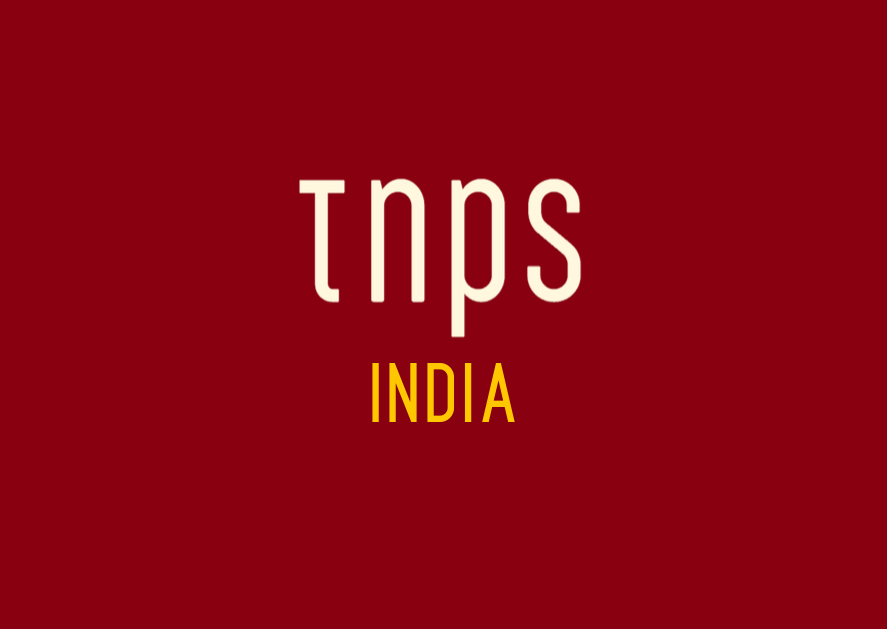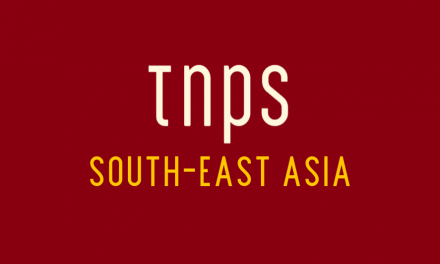So not so much a fresh start as a recalibration of an established event, now explicitly geared toward integrating Gujarati publishing into broader international supply chains.
The 2025 Ahmedabad International Book Fair marks a departure from previous incarnations by assuming full international status.
Running 13–23 November at the Sabarmati Riverfront Event Centre, the event has grown from its earlier iteration as the Ahmedabad National Book Fair into a ten-day marketplace hosting 300+ publishers.
While detailed records of prior trade editions remain scarce in public sources (if anyone knows more, DM me!) the festival’s elevation reflects Gujarat’s expanding commercial and cultural footprint within Indian publishing.
It is worth distinguishing this event from the separate Ahmedabad International Literature Festival, which has convened authors and speakers annually since 2016. That parallel initiative – held at venues such as the Ahmedabad Management Association and Centre for Environment Education – has built a distinct reputation for literary programming. The Book Fair, by contrast, maintains its focus squarely on trade, retail, and rights activity.
2025 Programme and Industry Relevance
Organised by the Ahmedabad Municipal Corporation and National Book Trust, the 2025 programme offers an 11-day trading window (11:00–21:00) with free entry – a model designed to maximise footfall and consumer engagement. A 10% discount across all titles is standard, signalling a commitment to public accessibility while supporting publisher margins.
For publishing professionals, the fair’s significance lies in its timing and location. November positions it strategically ahead of the Delhi World Book Fair, offering an early indicator of regional market appetites. The riverfront venue provides 300+ exhibitor spaces, suggesting capacity for substantial rights negotiations and distributor meetings. Ministerial inauguration by Dharmendra Pradhan and Chief Minister Bhupendra Patel further indicates state-level support for book infrastructure, aligning with the Vanche Gujarat 2.0 literacy initiative.
Market Implications
With 300+ events and author sessions scheduled alongside the trade fair, the format blends B2B and B2C activity – an increasingly common model in post-pandemic publishing. For professionals tracking regional language markets, Gujarati publishers’ presence alongside national and (newly invited) international houses offers valuable insight into vernacular list strategies.
The fair’s elevation to international status also suggests renewed institutional ambition to position Ahmedabad as a node in South Asian publishing networks, beyond the traditional Delhi-Mumbai axis.
So not so much a fresh start as a recalibration of an established event, now explicitly geared toward integrating Gujarati publishing into broader international supply chains.
#IndiaPublishing #IndiaBookFairs #SouthAsiaPublishing
This post first appeared in the TNPS LinkedIn newsfeed.





